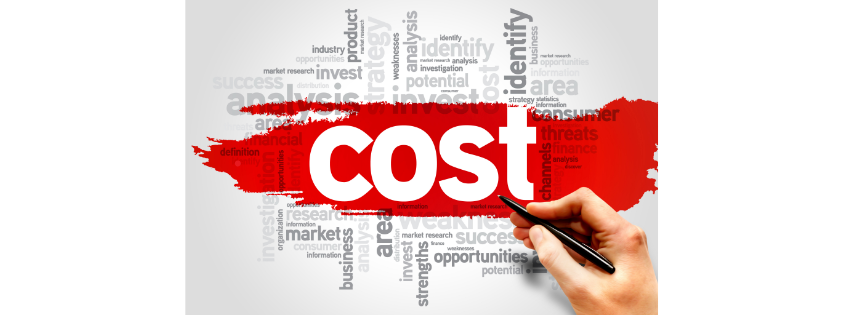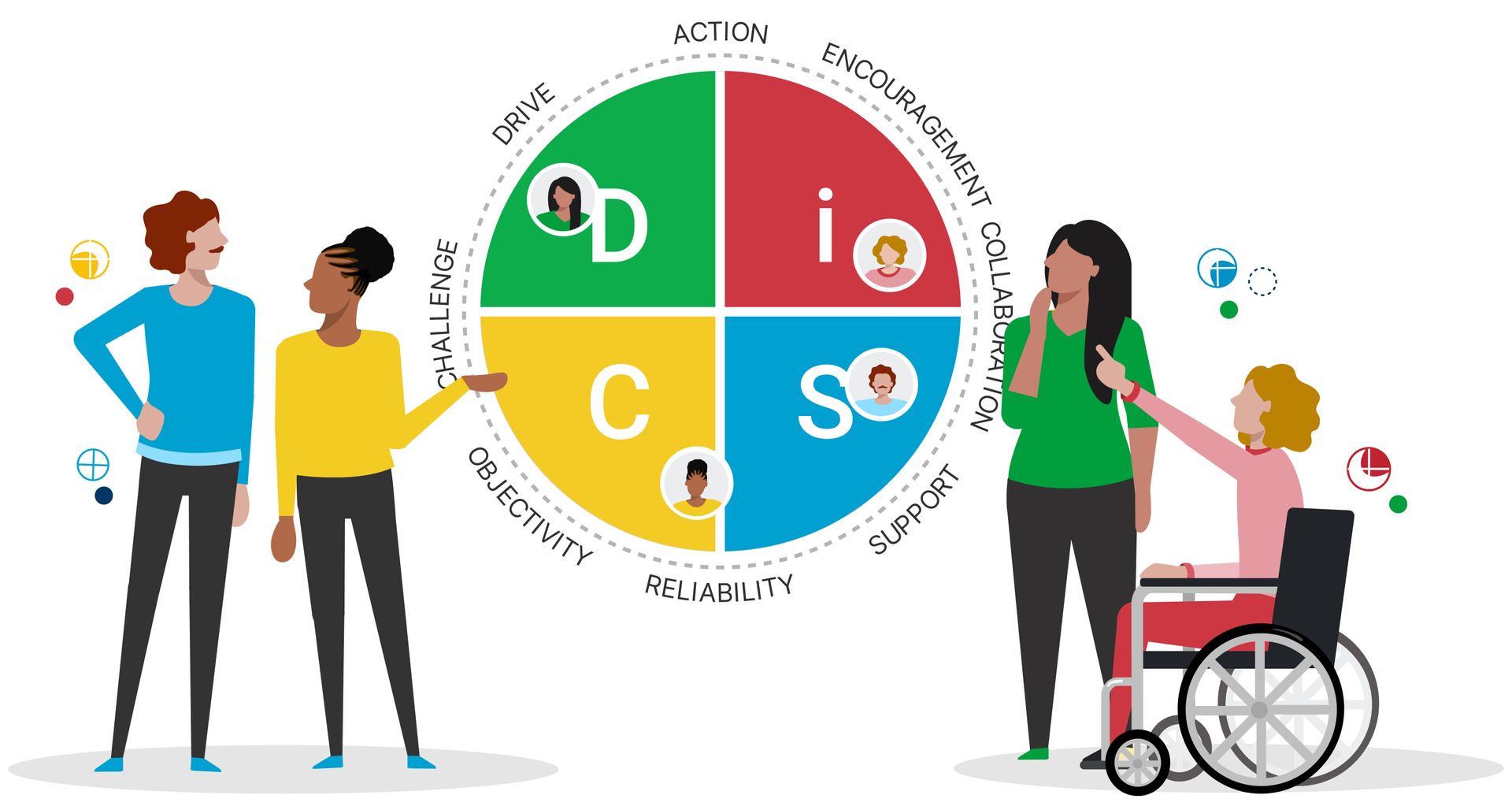By: Melissa Barlock
Unlocking The Power Of Behavioural Styles
Every workplace is a melting pot of personalities, each bringing their own strengths, challenges, and communication styles to the table. Understanding these differences is crucial for building a motivated, cohesive, and high-performing team. The DiSC model—a widely used tool for understanding behavioural styles—offers a framework that can transform how team members collaborate, communicate, and support one another. Here’s how you can use DiSC to motivate and inspire your team.
What is the DiSC Model?
The DiSC model categorizes individuals into four main behavioral styles:
D (Dominance): Focuses on results, confidence, and quick decision-making.
i (Influence): Prioritizes relationships, enthusiasm, and collaboration.
S (Steadiness): Values cooperation, patience, and dependability.
C (Conscientiousness): Emphasizes accuracy, detail orientation, and analytical thinking.
While each person may have a dominant style, they often exhibit traits from other categories as well. By identifying and understanding these traits, leaders can tailor their approach to inspire and motivate their team effectively.
1. Improve Communication Through Understanding
Speak Their Language
Each DiSC style prefers to communicate in different ways. For example:
D types appreciate direct, concise communication focused on results and action steps.
i types thrive on enthusiasm and are more responsive to open, social conversations.
S types prefer thoughtful, patient communication and value trust and stability.
C types are motivated by detailed, fact-based discussions.
Tailoring your communication style to align with each individual’s preference ensures clarity and builds stronger connections within the team.
Create Safe Spaces for Expression
Encourage open dialogue that allows each team member to share their thoughts and concerns in a manner that suits their style. For example, Dominance types may be more comfortable speaking up in group settings, while Steadiness types may prefer one-on-one conversations.
2. Foster Collaboration Through Complementary Strengths
Balance Team Dynamics
Understanding each team member’s DiSC style helps identify complementary strengths within the group. For example, Dominance types excel at driving initiatives, while Steadiness types are great at fostering team harmony and ensuring stability. By acknowledging and leveraging these differences, you can create well-rounded teams that maximize their collective potential.
Build Trust Through Transparency
When team members understand each other’s strengths and challenges, they become more empathetic and respectful of diverse work styles. Using DiSC assessments as a tool for team-building activities encourages transparency and strengthens trust.
3. Motivate Based on Individual Preferences
Tailor Recognition and Rewards
Different DiSC styles are motivated by different types of recognition:
D types value public recognition, challenges, and opportunities to take charge.
i types thrive on praise, social recognition, and collaborative opportunities.
S types appreciate private, thoughtful recognition and steady support.
C types prefer recognition for their expertise, precision, and contributions to quality.
Customizing how you reward and recognize your team makes them feel valued and seen, ultimately boosting morale.
Understand What Drives Each Style
Motivation differs greatly across styles. While Dominance types may be driven by competition and tangible outcomes, Steadiness types are motivated by security, relationships, and a consistent environment. Align tasks, projects, and growth opportunities with each person’s drivers for maximum engagement.
4. Enhance Team Performance Through Self-Awareness
Promote Self-Reflection
Encourage your team to engage with their own DiSC profiles. When individuals understand their natural tendencies and how they respond to various situations, they can better regulate their behaviour, collaborate more effectively, and manage stress.
Provide Continuous Learning Opportunities
Offer workshops, coaching, or role-play exercises that use the DiSC framework to address challenges like conflict resolution or adapting to change. Helping team members develop self-awareness and empathy contributes to a more resilient and adaptable team.
5. Create an Environment for Growth and Flexibility
Encourage Flexibility and Adaptability
As your team grows, members may need to adapt their behaviours to meet new challenges. For instance, a Conscientious type may need to become more decisive in leadership roles, while an Influential type may need to focus more on details for certain projects. Support these changes with coaching and professional development.
Lead by Example
As a leader, demonstrate flexibility in your own behaviour. Show that you value every team member’s unique style and can adapt your approach to meet the needs of the group. This encourages a culture of mutual respect and continuous improvement.
Inspiring Teams Through DiSC
Motivating and inspiring your team with the DiSC model is about celebrating individual differences and bringing them together for collective success. By understanding and leveraging each person’s unique strengths, communication preferences, and motivations, you can create an environment that fosters collaboration, boosts morale, and drives performance.
When a team understands itself, it thrives. DiSC isn’t just a tool—it’s a path to deeper connections, effective communication, and lasting inspiration. So, take that step toward understanding your team on a deeper level and watch how it transforms both your culture and your outcomes.
Enspire Dental Opportunities is looking forward to working with you.












